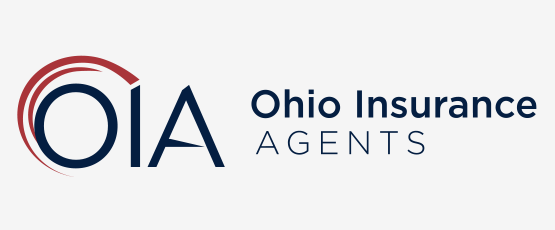When E&O renewal time rolls around, an agent can make simple yet costly mistakes in trying to save money. Beware the savings you may get are usually at the cost of lesser coverage. Compromising even slightly on coverage could come back to haunt you.
OIA’s E&O specialists differentiate themselves by reviewing each policy one at a time and recommending the best coverage for you. Our process may take longer, but attention to detail and doing things right are values we won’t compromise. If you receive a renewal recommendation from us and don’t understand any part of it or are looking to change carriers to save money, take a minute to talk to us about the changes you are considering to explain our recommendations versus other options. Our goal is to make sure you don’t get hurt by what you don’t know.
Here are four key areas that create trouble for agents when the wrong choices are made.
1. Claims-made versus “claims-made and reported” policy form
Claims-made coverage is hands-down the best solution, providing broader coverage. Claims-made and reported are a step down in coverage; while it does have a place in certain scenarios, it also has hidden pitfalls. With a claims-made and reported policy form, you must report a claim to the carrier as soon as you become aware of it, even if it is a potential claim. “This condition (of a claims-made and reported form) can be a significant issue especially if the insured looks to move their E&O at renewal time. In this scenario, the insured should be sure to notify their prior carrier of any claims or potential claims (as defined in the policy) by the required date because claims submitted after that date may not be covered,” as explained in the E&O Tips of AgentsofAmerica.org.
2. Full prior acts, retro date, and retro inception
Full prior acts coverage means claims are covered from the date of your agency’s inception. The retro date is the date you started claims-made coverage. Retro inception is a misleading term in that it is not retroactive, meaning it doesn’t provide coverage from the start date of your agency or the chosen coverage date, but rather provides coverage only from the current policy date.
Problems occur when a claim is filed for an incident that occurred before the policy date. With retro inception, that claim will not be covered. However, there is a place for retro inception. It might be useful for a startup or for an agency that opens under a new name and does not need coverage for any past business operations.
3. Defense cost – inside or outside the limits of liability and capped
When it comes to defense costs in your E&O policy, your choices are: inside the limits, outside the limits, or a capped limit of liability. We recommend that you avoid policies with defense costs inside the limits or a cap on the amount paid by the insurance company towards your defense. Understand that a significant part of the cost of a claim is the cost of defense, which typically is about 75 percent of the cost of the lawsuit.
Consider this example. You have a policy with defense costs inside the limits of coverage. You have a $1 million limit and a person sues you for $500,000 and wins. If the defense cost is $750,000, you are responsible for paying the other $250,000. If you had chosen a policy with defense costs outside the limits, the defense costs would be outside of the limits of liability and could eliminate your out-of-pocket costs. Likewise, if you have chosen outside limits coverage, that’s a good thing.
However, if you choose to have your limits of defense capped, you may be handcuffing yourself in a lawsuit. If the defense limits are capped at a certain dollar amount, once your defense costs exceed that capped limit, you will be responsible to pay any amount over the cap.
4. Payment Plans with or without a fee
Many policies offer a payment plan, but often paying quarterly means you would have to pay a fee. OIA represents companies that do not charge fees. As independent agents, we warn clients to be wary of savings that change coverage, but this is a case where saving won’t affect your coverage at all.
Bottom line
When your coverage is up for renewal, know that OIA’s E&O team has reviewed your application for changes in exposure and that we have considered these factors and others that could make or break your business. All good independent agents tell their clients the right coverage is the key to proper protection. Our specialists work hard to examine your situation, give you the facts about your coverage, and recommend the protection that suits your needs. It’s how we do business.




